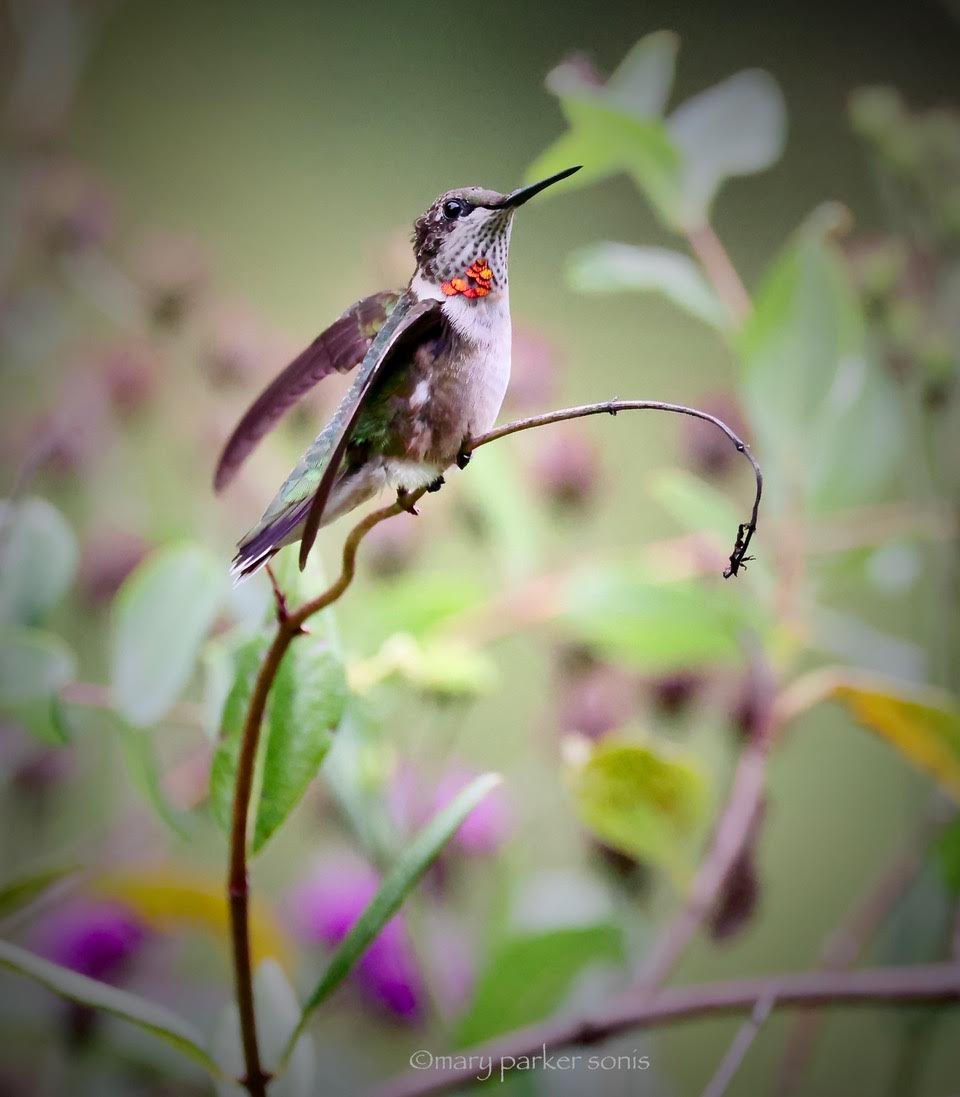Oh the moths of August! While we’re all dawdling around, anticipating fall migration, August offers up its own treats. The Moths are appearing, and it’s one of the “quiet “ birding times that I look forward to each year. As you may or may not know, Chantal did quite a bit of damage to our local trails, so I’m out every day, but some favorite spots are still closed for repair. The NCBG has been my mainstay for a couple of reasons. 1. When the temperature is 98 degrees, you have air conditioned places to rest, and 2. Moths and cool insects love all the native plants, and when resting in the day, the walls of the NCBG are often the chosen resting spots.
Always the grand prize of any summer day or evening, the Luna Moth. This one is a female, and do you see the trailing tails on her wings? She doesn’t eat as an adult moth (doesn’t even possess mouth parts). She is only flying about to mate and lay her eggs. Unfortunately, she can be eaten in the night by bats, and those trailing swallow-tail streamers disrupt and confuse the echolocation of bats, enabling her to perhaps lose a bit of wing, but sill survive.

Ailanthus Webworm moth atop a Passion Flower. It’s an invasive species, but no one is up in arms, because the caterpillar of this species loves to feed on Tree of Heaven, and botanists foam at the mouth at the mere mention of the invasive Tree of Heaven.
Tuliptree Beauty moth. Common, but quite lovely when viewed close
Large Maple Spanworm moth

Also in the garden, the Lynx spiders are present and will soon be laying their eggs. This one sits atop a Pitcher plant

Lynx on Phlox leaf

Pipevine Swallowtail

Pipevine on Phlox

Always present in the garden are Carolina Anoles. These lizards don’t hibernate, but spend their winter hiding deep in vegetation.

The garden boasts a few well maintained Hummingbird feeders, and I’ve counted six Ruby-throateds taking advantage of the feeders. This is the adult male.

Along with the adult male are a few maturing males, and they are such confident young turks that they even drive off the adult male hummer.

Female Ruby-throated

More from the confident young male with its gorget coming into full color.
American Goldfinch. These birds nest much later than other bird species. They are seed eaters, so they wait to nest until many plants go to seed. This male is feeding on Joe Pye Weed. Last week the Joe Pye was covered with nectaring Silver-spotted Skippers, but now it’s going to seed and the Goldfinch have taken over.

American Goldfinch

Carrboro doesn’t allow deer hunting within town limits. As a result, we are rich in deer, and they are quite habituated to people, (bordering on flirtatious).

So long from Carrboro and the NCBG.
Love,
Mary K



